size: 145(57in) *200(78in)cm
color: SHARAKUBlack/White
PRICE: ¥29,900-
#7 focused on Sharaku's painting method.
Sharaku's ukiyo-e has biotite scattered in the background color, so when you change the angle, it appears to sparkle and shine slightly.
If you don't move it, it will only feel like a single color.
This method is called mica printing .
Kirizuri is one of the printmaking techniques applied to ukiyo-e. It is used by mixing finely crushed mica with mineral pigments and dissolving it with glue.
Biotite is a type of mineral. English name: biotite
The crystals are hexagonal plates.
Thin like a stack of paper and only in one direction You can peel them off one by one.
It is black or dark brown in color, but becomes golden when weathered.

The planar structure of biotite is as follows.

It resembles the Kagome pattern , a traditional Japanese auspicious pattern that is said to bring good luck .

Kagome pattern
Kagome pattern is This pattern represents the eyes of a bamboo basket woven in a lattice pattern.
Because the mesh looks like a six-pointed star, it has been said to have the power to ward off evil spirits. It is said that in ancient times, bamboo baskets were placed at the entrance to ward off evil spirits. This basket-eyed six-pointed star mark is a rare emblem that is recognized as sacred not only in Japan but also overseas.
The ukiyo-e painted by Sharaku is a Kabuki play. Appearing in "Koi Nyobo Somebun Tetsuna" It was Sadanoshin Takemura. ( Please read NEWS #6 regarding “Koi Nyobo Somebu Tetsuna”. )
In the story of Kabuki In order to have his daughter's crime forgiven, Takemura Sadanoshin commits seppuku and begs the lord for forgiveness. You're going to die.
That's why this product only has horizontal stripes. If you die, it's over. Just enjoy today like crazy! I always think so.
At this point, my grossness has become obvious, so I think it's best not to tell the customer.
In fact, I'm debating whether to publish this article or not.
But I don't have a choice not to release it.
Because the planar structure of biotite resembles a basket-eye pattern, which has the meaning of protection. .
It continues from Sadanoshin, who died protecting his daughter. .
We were attracted to each other in many ways. . I haven't released a horizontal striped pattern for a while. . .
That's what I mean.
The black striped pattern #7 is made up of overlapping small basket-eye patterns that cannot be seen with the naked eye.
I expressed Sharaku's biotite print with the light and shade of color.
The image below shows the black striped part of the cape magnified 700x. This kagome pattern cannot be seen on the actual fabric. I'm sure no one will notice without an explanation, so I'll leave a record of what I said. I don't know.

#7 is not just a horizontal striped pattern, but a design that goes back to the level of mineral structure, focusing on biotite printing, a technique used by Sharaku in his ukiyo-e prints.
2024s/s collection #7
Order period
December 17, 2023 19:00 to December 18, 2023 18:00 (JST)
* Deliveries will be shipped sequentially in early March.
Please note that the delivery date may vary depending on the situation and the arrival date may vary. Therefore, the delivery policy "Shipped within 5 business days after payment confirmation" is not applicable to this product. Please be aware that we cannot cancel or refund your order once it has been placed.
We will continue to announce the 2024s/s collection.
Please continue to check us out.




Share:
2024s/s collection #6
2024s/s collection #8, #9,#10